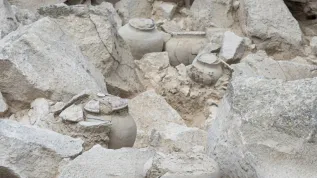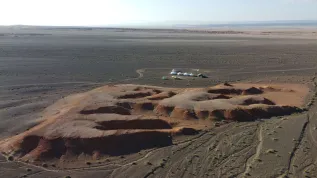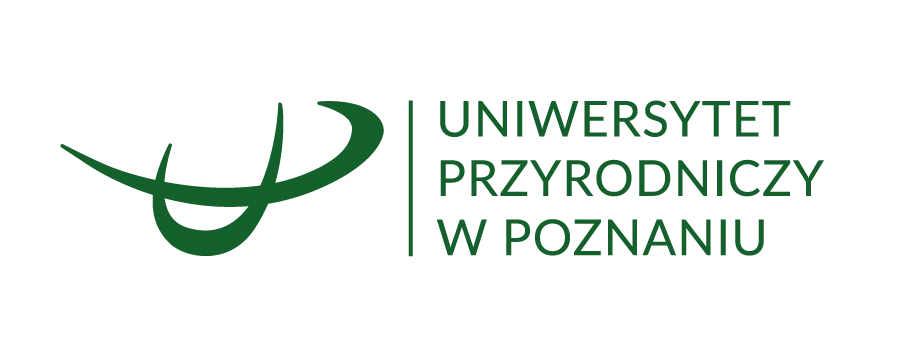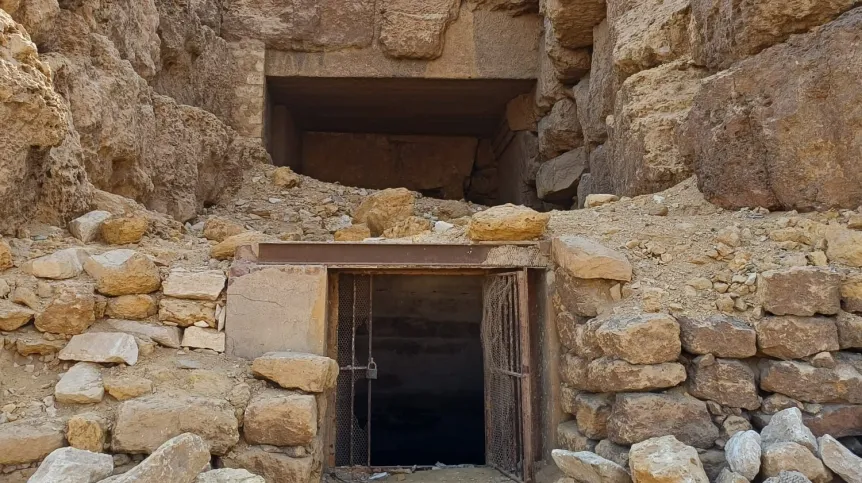
Archaeologists from the Polish-Egyptian mission have completed another stage of research in the tomb of Pharaoh Shepseskaf in Egypt. They conducted research in the burial chamber, collected many fragments of the destroyed royal sarcophagus and began its reconstruction.
The tomb of Shepseskaf is located in the necropolis in Saqqara near Cairo. This extraordinary monument has long attracted the interest of scientists, and many theories have arisen around its history. Despite this, it has not been thoroughly examined to date.
Already in the first year of work, in the beginning of 2024, the mission took precise measurements of the object and created its digital 3D model.
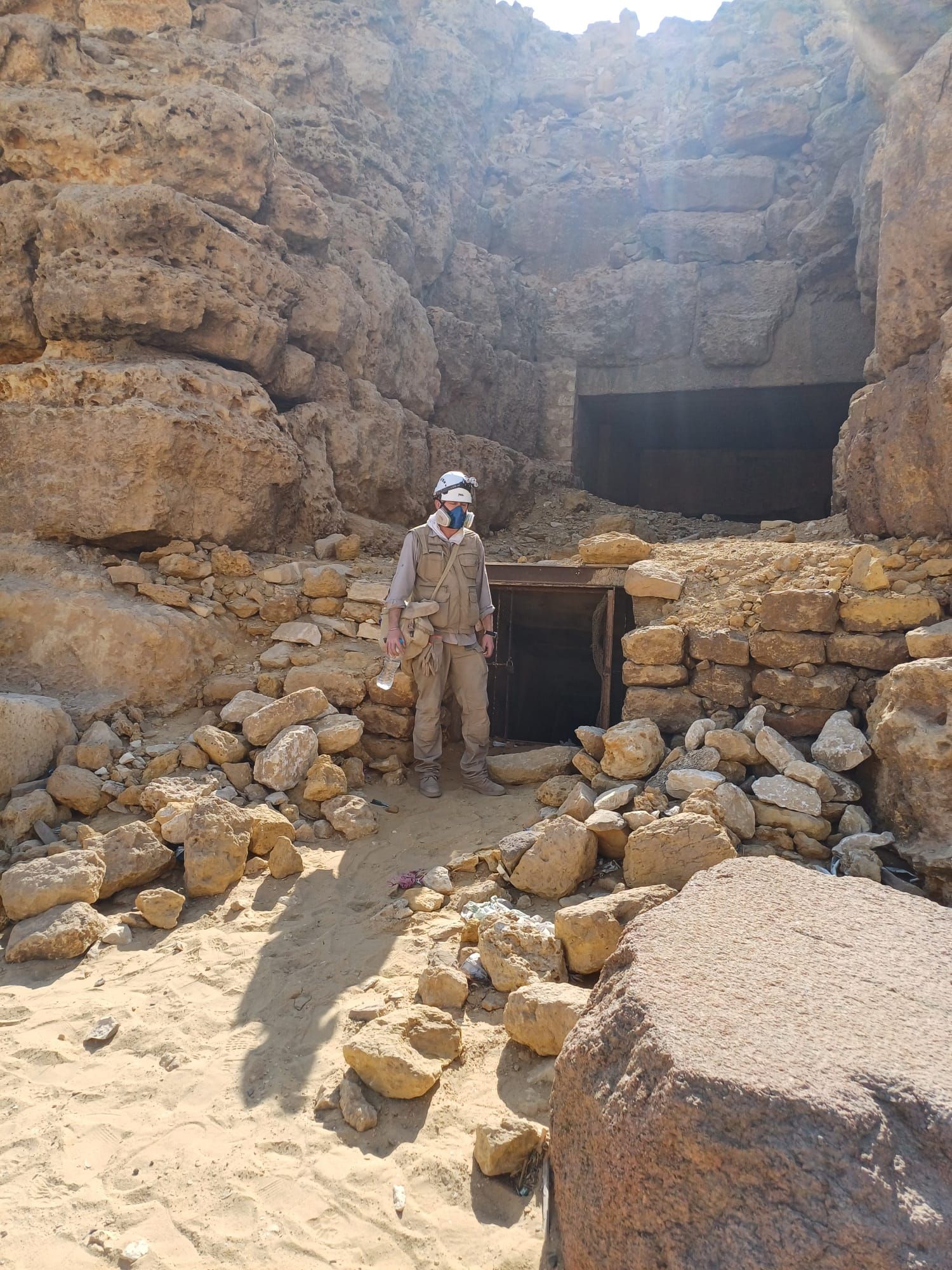
'In the current excavation season, scientists conducted archaeological research in the burial chamber and adjacent rooms, and in the chapel located on the eastern side of the mastaba. In turn, conservators managed to collect many fragments of the destroyed royal sarcophagus and began its reconstruction. Scientists also carried out the first part of promising geophysical research, which covered part of the processional ramp and its immediate surroundings', the Institute of Mediterranean and Oriental Cultures of the Polish Academy of Sciences reports.
The 'Pharaoh's Mastaba' mission carried out by the Institute of Mediterranean and Oriental Cultures of the Polish Academy of Sciences and the Egyptian Ministry of Tourism and Antiquities was possible thanks to the support of donors, entrepreneurs and the Polish Ministry of Science and Higher Education.
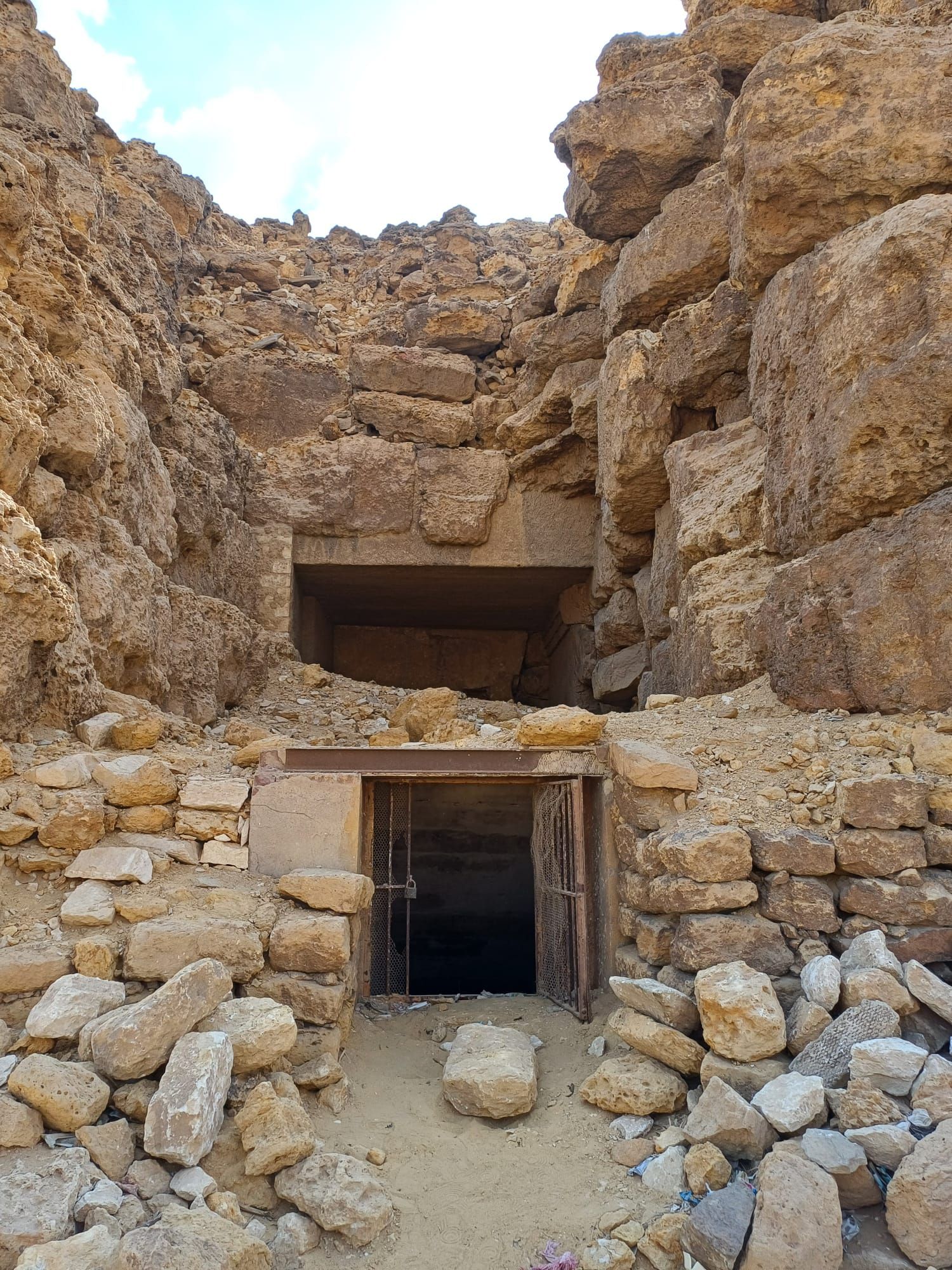
'It should be emphasized that the agreement signed in March this year between the Institute of Mediterranean and Oriental Cultures PAS and the Ministry of Science and Higher Education will allow to continue further stages of archaeological and conservation work in the autumn. It is also particularly important to expand the geophysical work, the results of which will allow us to understand the broader archaeological context of the Shepseskaf burial complex, and supplement our knowledge about this lesser-known part of the necropolis in Saqqara', the Institute reports. 'The funds made available by the Ministry to cover further costs of this year's mission amount to PLN 250,000'.
According to the scientists, the mission's expenses will certainly be higher, and therefore they will encourage entrepreneurs to support 'Pharaoh's Mastaba' - one of the most important project in the history of Polish Mediterranean archaeology. (PAP)
PAP - Science in Poland
ekr/ agt/

